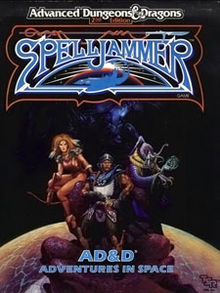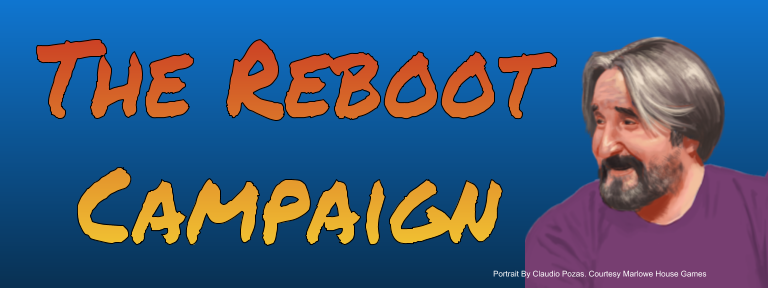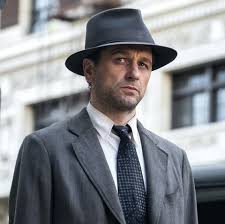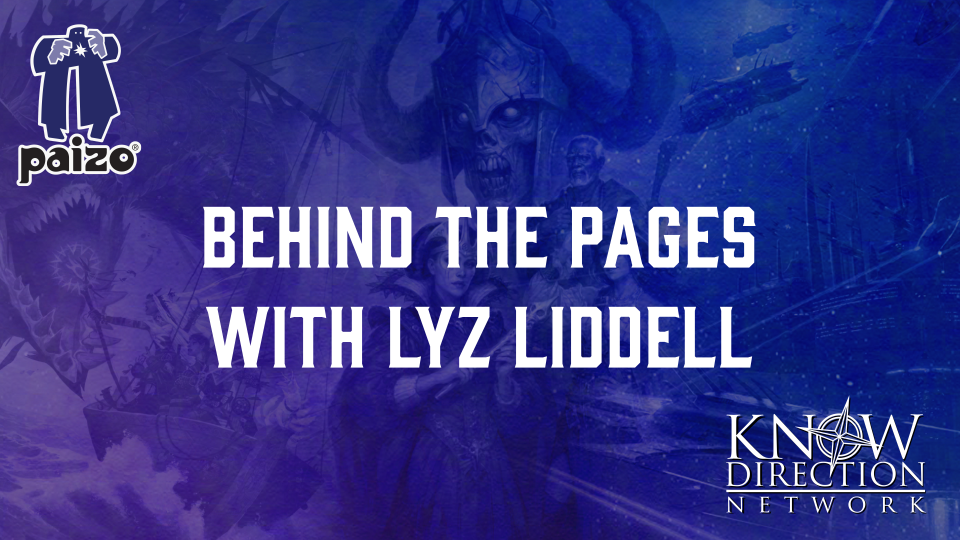I recently began watching the gritty and hard-boiled reboot of Perry Mason on HBO. If you aren’t too attached to the lighter toned original it’s good TV. Between this, the MCU (which basically reboots the comic books), and the Disney changes to the Star Wars timelines have all had me thinking about bringing reboots to the gaming table. Reboots are generally frowned on by fans of the originals and we’ve probably all heard plenty of laments of, “Hollywood has no new ideas,” the truth is I have enjoyed a number of rebooted stories over the years.
So, while the core ideas may not be original, the reimaginings are often novel and inventive. The best take what works and update the aspects that haven’t aged as well all while making the story feel at once new and yet familiar. Now, I’ve talked in the past about adapting settings from one rule set to another and today’s topic is not dissimilar: Campaign reboots. You can reimagine a familiar campaign setting, taking what works best for you and your players while changing a few aspects to surprise and excite your player as they are discovered.
What makes a good reboot is subjective to say the least. For a moment let’s return to Perry Mason. I’m a sucker for gritty noir and while I watched (and enjoyed) Raymond Burr as the title character I wasn’t super invested in the original series. Nor have I read the books, so I was all in for the new series and I thoroughly enjoyed it. Conversely, my mother (who apparently stopped watching after the first couple of episodes) was rather disappointed in the series because of those very same choices.
Similarly, I have a friend, we’ll call Adam, who completely gave up on Mission Impossible when the first movie turned the hero of the two prior television series into the main villain. This reversal only makes sense if you ignore the nine prior seasons of storytelling to just focus on the spies on impossible missions and impossibly lifelike latex masks. That flaw aside, the franchise is a major success because the central premise (spies, impossible missions, and trickery with masks) is still a lot of fun and many of the viewers aren’t so attached to the characters from originals as my buddy Adam.
Okay then how do you bring the concept of a campaign reboot to the table successfully?
As always begin by talking to your players. The trick of any successful reboot is striking the best balance between classic tropes from the original and injecting new and innovative twists. To get the most buy in for the campaign have a “writer’s room,” discussion with your players either as a part of a session zero or better yet before it. This discussion should help you determine what everyone expects from the campaign and what about the setting wasn’t so great. This can be applied to published settings such as Golarion, The Realms, Eberron, or any of the hundreds of other available worlds. You can apply the same discussion points to any TV or film franchise you want to set your game in or even an old homebrew world you want to revisit.
Like Perry Mason you might totally shift the tone but retain other thematic elements. For example this weekend I ran a potentially stand-alone Spelljammer reboot. My players said they didn’t care what we did; they were 100% in for whatever I rolled out. So I indulged myself and rolled out a reboot of one of the wackiest most fun campaign settings TSR released.
 Thirty years ago when I first played Spelljammer the setting was wild, gonzo, and almost Scooby-Doo-cartoonish or at least that’s how we played it. When 3rd edition rolled out the setting got an official reboot in the Polyhedron portion of Dungeon 92. The Shadow of a Spider Moon mini-game elegantly reframed the setting within a single star system, gave us much improved character artwork, and a tight backstory for the immediate setting. I never played Shadow of a Spider Moon but as I began my own Spelljammer reboot I drew heavy inspiration from the 3e minigame and grounded my tone (a little) in the feel pulp action movies rather than just wild and gonzo. At the climax of our stand alone adventure the heroes saw the rise of a dire threat in the form of an undead fleet bent on dominating the unsuspecting planets of the system. I fully expect any subsequent adventures might be tinged with a little horror. Much in the same way Indiana Jones, The Mummy (1999), and the Pirates of the Caribbean balance action, humor, and horror together.
Thirty years ago when I first played Spelljammer the setting was wild, gonzo, and almost Scooby-Doo-cartoonish or at least that’s how we played it. When 3rd edition rolled out the setting got an official reboot in the Polyhedron portion of Dungeon 92. The Shadow of a Spider Moon mini-game elegantly reframed the setting within a single star system, gave us much improved character artwork, and a tight backstory for the immediate setting. I never played Shadow of a Spider Moon but as I began my own Spelljammer reboot I drew heavy inspiration from the 3e minigame and grounded my tone (a little) in the feel pulp action movies rather than just wild and gonzo. At the climax of our stand alone adventure the heroes saw the rise of a dire threat in the form of an undead fleet bent on dominating the unsuspecting planets of the system. I fully expect any subsequent adventures might be tinged with a little horror. Much in the same way Indiana Jones, The Mummy (1999), and the Pirates of the Caribbean balance action, humor, and horror together.
In this time of social distancing and the rise of virtual gaming I’m finding more excuses to reach out to friends from around the country and play one off or limited run campaigns. I think that rebooted stories and settings from our collective gaming past (as well as books and movies) can provide an easy familiar starting point but can still be twisted into something new and exciting. Look for more discussions of reboot campaigns in the coming weeks.








